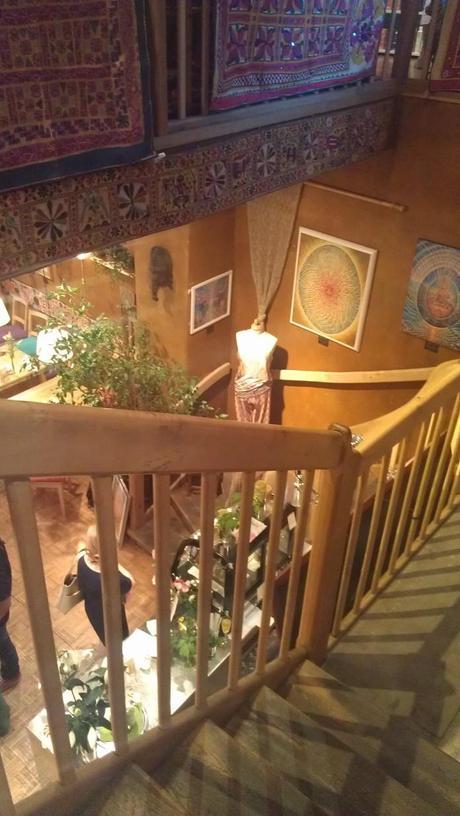
I was delighted to see Amanda Sage talk about her work at a homey vegan café on Neubaugasse last week. With strong connections to Vienna, Sage is a self-professed ‘visionary artist,’ which seems to mean something to do with new-age spiritualism, distinct from the rather more plain notion of having an artistic vision. And yet, there might be a closer connection between these ‘visions’ than I first imagined.
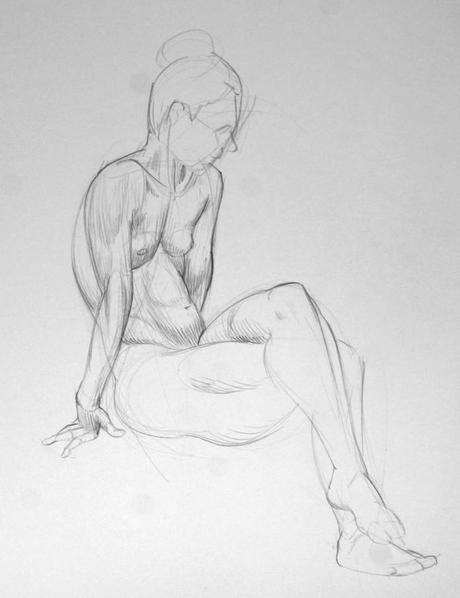
Sage’s rainbow-infused work, in spite of the multicolour cacophony, is very unified and seems to draw much of its stability from symmetry. Perhaps most dazzling is her flawless use of parallel lines that undulate across the surface, rainbow interference patterns that create buzzing optical illusions but don’t undermine the image. There’s a real crispness and clarity without any inch of the surface being plain or uninteresting. And her brand of vision seems very hidden and mysterious—her recurring symbols of rainbow serpents and eggs are part of a personal mysticism that seems to be divulged to her in her dreams.
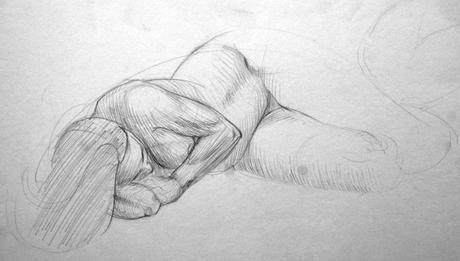
Sage talked through her influences, her travels in Bali, her Viennese teachers (legendary in the visionary art realm—Ernst Fuchs and his son Michael Fuchs), her early apprenticeship. During this time, she worked alongside them on their paintings and cathedral projects, but at the end of her apprenticeship she painted her own masterpiece, to which she was finally able to sign her own name. We were treated to an image of this piece and I was absolutely charmed by it: a reflective orb in an otherwise quite ordinary still life—very literal, yet rather surreal. And then she spoke beautifully about the period after Fuchs ‘kicked her out on her own’ and her difficult struggle to move away from such representation and to attempt to ‘paint from her visions.’ She humbly showed an early painting that she was on the verge of destroying in utter despair and frustration, which she took to her old master for guidance. ‘This painting is sick!’ he told her. ‘You’re not listening to the painting.’
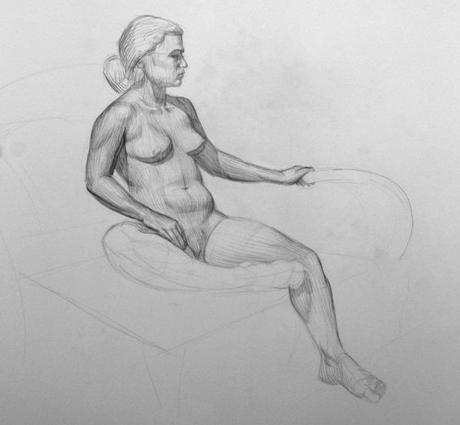
This phase in a painter’s life is very important and difficult. In many ways, we will always be students, if we are open-minded enough, and willing to learn from those who cross our paths. There is ever more to see in the grand galleries of the world, ever more to be in awe of. But there is a point at which you close the book on painting apples and wine bottles on a rippling sea of drapery under a steady spotlight, and you search out your visions—whether you listen to your dreams, or mine our cultural heritage, or attempt to tell modern stories. This is the time when we step up and struggle with something much harder than technical proficiency, though it certainly tests our technical proficiency. We see if what we have learned holds up to our artistic aspirations as we try to uncover something meaningful to say. It was very moving to hear Amanda talk about this struggle, and to realize that in this respect, we must all be ‘visionary’ artists. I’m reminded of Delacroix being renewed by Dante. We must all find our source.

When the egg came to her in a dream, Sage knew she’d found something important, and many of her paintings since have either incorporated an egg or been completely encapsulated in an egg, her ‘safe space,’ a safe compositional framework, in which she can allow the painting to unfurl. The egg, pregnant with symbolism, also offers her a guaranteed harmony.
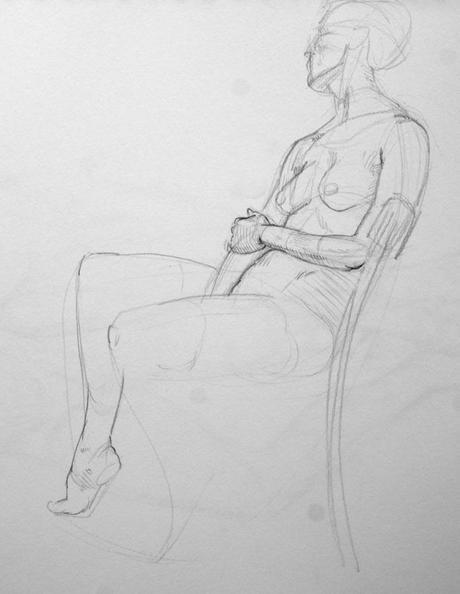
The work which undeniably left the deepest impression on me was Ana Suromai, the ‘lifting of the skirts,’ a ceremony that she says every culture has a rendition of. When women have had enough, they lift their skirts, and this act has the power to stop armies and fend off demons. Sage (for it is a self-portrait) lifts her skirt to war and destructive consumerism and the table of power. Yet dissatisfied at making such a provocative painting, such a negative painting, she questioned herself as to why she would paint such a piece. She agonised over it for five or six years. But at last the egg emerged, bursting electric from her vagina, such a beautiful and feminine symbol of rebirth and hope.
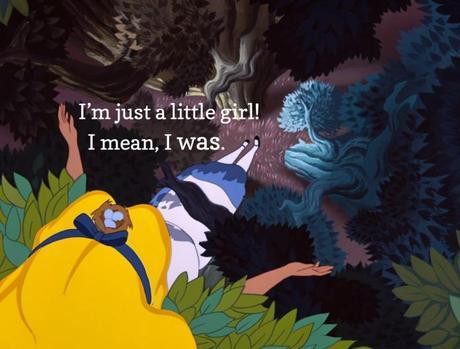
This image struck me at such an important time. I’ll admit I’ve been wallowing in Alice in Wonderland, both the Disney animation and a German translation of Lewis Carroll, and loving that Alice is no sexualised princess caught up in a love story but simply a thoughtful girl trying to grapple with a nonsensical world through sheer logic and manners. While sometimes it can feel like having lady-parts is a magnet for unsolicited attention and false kindness, it came as a shock to think of them as a source of power. ‘Is this what you want? Here it is!’ A strength, rather than a weakness.
So thank you, Amanda Sage. It helps. And it helps to think so crisply and clearly in terms of painting from our visions.

